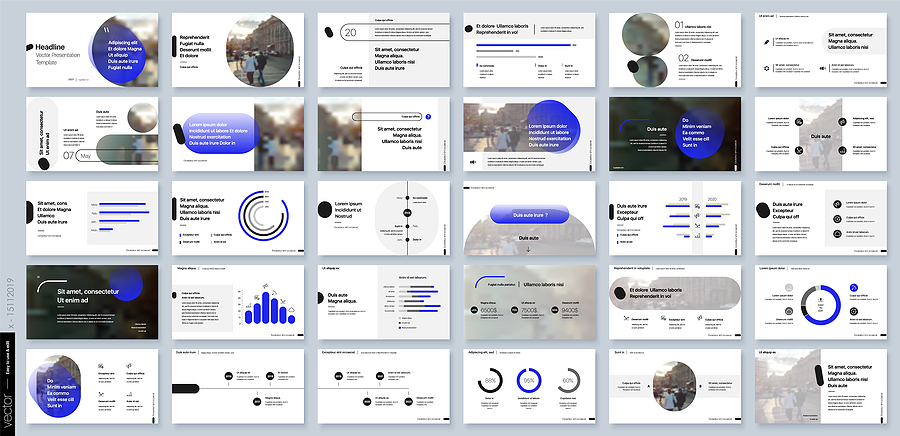Tell me if you haven’t had a colleague or a teacher who is enamored with PowerPoint. You know the type. They not only use every excuse to put the most mundane material on a slide, they seem to believe that shooting stars and dramatic fades can make up for mediocre content. Sadly, you probably have such PowerPoint presentations taking up space in your servers. They are a mainstay of subject matter experts. As you face ever greater pressure to create virtual classrooms for your employees’ learning, it’s tempting to dust off these old presentations. Quick. Easy. Cheap. Right?
Of course, the question is: did such presentations ever fulfill your need to generate real learning outcomes? The evidence suggests they didn’t. And there’s a reason PowerPoint lessons didn’t produce learning. PowerPoint is a piece of software, a useful one, but it is not a learning strategy. Things like slide presentations, even if they contain quality content and are attractively presented, are a one-way street. They create a passive learning environment. It’s one where the expert tells the novice, “This is what you need to know.” That’s simply not how people learn.
Real Learning Strategies
So how do people learn? Well, mostly by doing. When learning is hands-on, when it engages you, when it asks you to interact with others or with devices, when it demands that you problem-solve, or when it suggests that you have to “teach-back” rather than memorize, you acquire knowledge in a way you can put it to use. PowerPoint presentations, even the ones labeled “Questions?”, don’t invite you to engage with the instructor or with the other students. Nor do they prompt you to ask questions of yourself or of the material. They support a lecture-based format where you are encouraged to remain passive.
Think about that word “passive” for a moment. Is passivity what you want in your employees? Is it what you want to promote in their thinking? We have real opportunities to harness the technological power of virtual classrooms and carefully design learning approaches that maximize learner retention and application. Don’t think that you can save a buck and move those old PowerPoint presentations into a virtual space. They didn’t work before. Given the inherent potential deficiencies of virtual learning when it is poorly designed, they have even less of a chance to be effective now.
M-Pact learning draws on the expertise of those experienced in learning design. They understand how people learn and they tailor learning strategies to the specific needs of the employees you need to reach. They design highly engaging materials that give learners flexibility and make them want to learn because they can see its value. Moreover, quality designs make employees learn to think. None of these qualities can be conveyed through a PowerPoint slide.
Do you want some real-life examples of effective virtual classrooms in action? Then have a look at my book: M-Pact Learning: The New Competitive Advantage.
